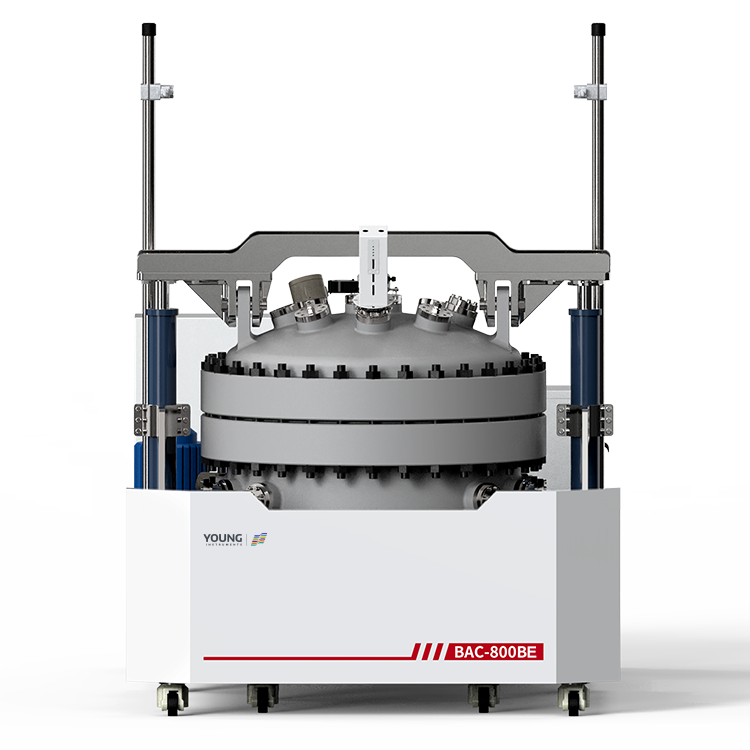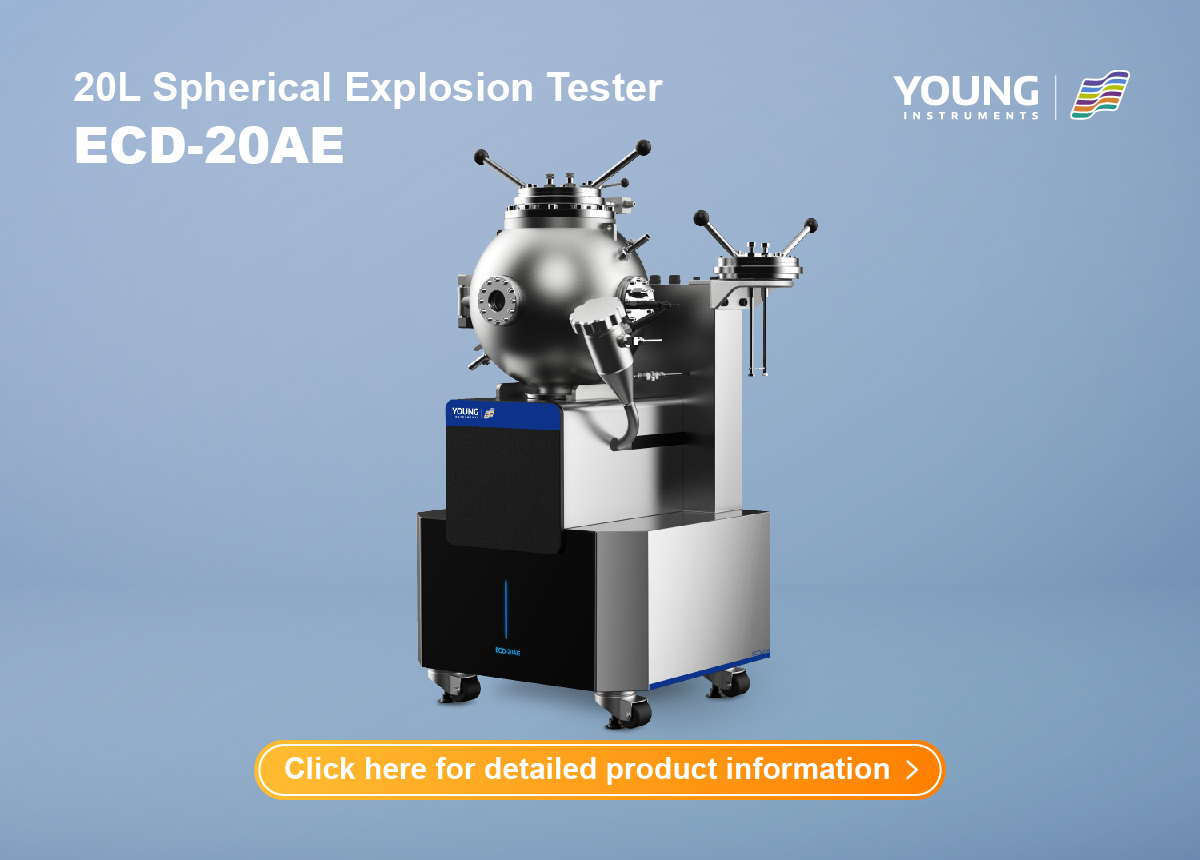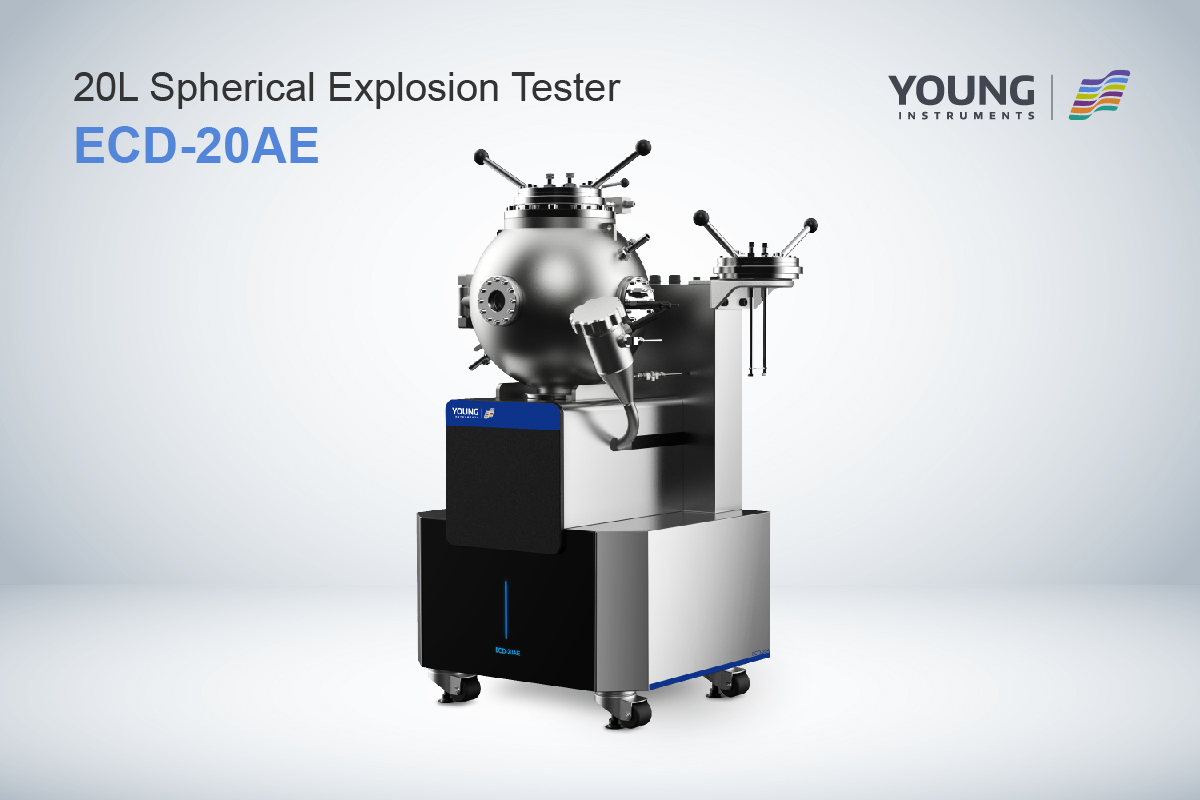Explosion Severity Test: Understanding Its Importance in Industrial Safety
If you work in an industry that handles combustible materials, you may have heard of the Explosion Severity Test. This test is a crucial process in ensuring the safety of industrial facilities that handle combustible materials. It involves measuring the severity of an explosion that may occur in a given environment to determine its potential effects on the surrounding structures, equipment, and personnel. The test results provide crucial information that helps engineers and safety professionals determine the necessary safety measures to take to prevent an explosion.
During the Explosion Severity Test, dust samples of varying quantities are dispersed within a spherical enclosure. The enclosure is then ignited, and the resulting explosion is measured for its maximum pressure and maximum rate of pressure rise. These values are used to determine the Kst and Pmax values, which are the explosive properties measured in the laboratory to quantify the severity of a dust explosion. The Kst value determines the normalized rate of pressure rise of a combustible dust, while the Pmax value measures the maximum explosion overpressure generated in the test.
Understanding the results of the Explosion Severity Test is critical for ensuring the safety of workers and equipment in industrial facilities that handle combustible materials. By knowing the severity of an explosion that may occur in a given environment, engineers and safety professionals can take the necessary measures to prevent an explosion from occurring. These measures may include improving ventilation, using explosion-proof equipment, and implementing safe handling procedures for combustible materials.
Fundamentals of Explosion Severity
Defining Explosion Severity
Explosion severity is a measure of the potential effects of an explosion on the surrounding structures, personnel, and equipment. It is a critical factor in ensuring the safety of industrial facilities that handle combustible materials. An explosion can occur when there is a fuel, an ignition source, and oxygen present. When these three elements combine in the right proportions, they can create a combustible atmosphere that can ignite and cause an explosion.
Key Parameters
Two key parameters are used to measure explosion severity: Pmax and Kst. Pmax is the maximum pressure generated by an explosion, while Kst is the normalized rate of pressure rise. These parameters are generated from the explosion severity test, which is conducted to determine the severity of an explosion that may occur in a given environment. The test involves measuring the pressure generated by an explosion and the rate at which the pressure rises.
Measurement Units
The units used to measure Pmax and Kst are bar and bar.m/s, respectively. The explosion severity test is conducted in a laboratory setting, where a sample of the combustible material is ignited in a confined space. The pressure generated by the explosion is measured using a pressure transducer, and the rate of pressure rise is calculated using the pressure-time data.
In summary, explosion severity is a critical factor to consider in ensuring the safety of industrial facilities that handle combustible materials. The two key parameters used to measure explosion severity are Pmax and Kst, which are generated from the explosion severity test. The units used to measure Pmax and Kst are bar and bar.m/s, respectively.
Test Methodologies
When it comes to evaluating the severity of an explosion, several test methodologies can be used. These methodologies include standard test procedures, sample preparation, and data acquisition.
Standard Test Procedures
The standard test procedures for explosion severity testing include ASTM E1226, EN 14034-1 and -2, and VDI 2263 Part 1. These methods are nearly identical in the way they are performed and in the way in which the data is analyzed.
ASTM E1226 is the most commonly used test method for explosion severity testing. It involves filling a 20-liter sphere with a sample of the material being tested and igniting it with a spark. The maximum pressure (Pmax) and rate of pressure rise (dP/dt) are measured, and the deflagration index (Kst) is calculated from these values.
Sample Preparation
Sample preparation is a critical aspect of explosion severity testing. The sample must be representative of the material being tested and must be prepared in a way that ensures consistent results.
The sample should be finely ground and homogenous to ensure consistent results. It should also be dry to prevent moisture from affecting the test results.
Data Acquisition
Data acquisition is the process of collecting and analyzing data during the explosion severity test. The data collected during the test includes the maximum pressure (Pmax) and rate of pressure rise (dP/dt).
The data is analyzed to calculate the deflagration index (Kst), which is a measure of the severity of the explosion. The Kst value is used to determine the hazard level of the material being tested and to design explosion protection systems.
Explosion severity testing is a critical process in ensuring the safety of industrial facilities that handle combustible materials. By following standard test procedures, preparing the sample correctly, and collecting and analyzing accurate data, engineers can determine the potential effects of an explosion and design effective explosion protection systems.
Analysis of Test Results
After conducting an Explosion Severity Test, you will have obtained data that provides crucial information about the potential effects of an explosion in a given environment. However, interpreting the data can be challenging, and it requires a thorough understanding of the test results. In this section, we will discuss the three essential aspects of analyzing Explosion Severity Test results: Interpreting Data, Safety Margins, and Result Validation.
Interpreting Data
The two critical parameters measured in an Explosion Severity Test are Pmax and Kst. Pmax is the maximum pressure generated during an explosion, and Kst is the normalized rate of pressure rise of a combustible dust. The higher the values of Pmax and Kst, the more severe the explosion is likely to be.
Interpreting the data requires comparing the test results with the relevant standards and guidelines. The American Society of Testing and Materials (ASTM) provides guidelines for interpreting Explosion Severity Test results, and it is essential to follow these guidelines to ensure that the data is accurate and reliable.
Safety Margins
After interpreting the data, the next step is to evaluate the safety margins of the facility. Safety margins are the differences between the maximum pressure and rate of pressure rise generated by the explosion and the strength of the facility’s equipment and structures.
It is crucial to ensure that the safety margins are sufficient to prevent damage to the facility and protect personnel. If the safety margins are inadequate, additional measures, such as explosion venting or suppression, may be necessary to reduce the risk of an explosion.
Result Validation
Validating the test results is essential to ensure that the data is accurate and reliable. The validation process involves comparing the test results with previous test results, conducting additional tests, and analyzing the test data for inconsistencies or errors.
It is crucial to ensure that the test results are consistent with the expected behavior of the material being tested. If the test results are inconsistent or do not match the expected behavior, additional testing may be necessary to determine the cause of the discrepancy.
Aanalyzing Explosion Severity Test results requires a thorough understanding of the data, safety margins, and result validation. By following the relevant guidelines and standards, evaluating safety margins, and validating the test results, you can ensure that your facility is safe and protected from the risk of an explosion.
Application in Safety Engineering
The explosion severity test is a critical tool in safety engineering. It helps to identify the potential risks associated with combustible materials in industrial facilities and provides valuable information to engineers and safety professionals to develop risk mitigation strategies. This section will discuss the application of explosion severity testing in safety engineering.
Hazard Assessment
Explosion severity testing is used to evaluate the hazards associated with combustible materials. The test measures the maximum pressure (Pmax), maximum rate of pressure rise (dP/dt)max, and the dust constant Kst value of an ignited powder dispersed in the air as a dust cloud. This information is used to determine the likelihood and severity of an explosion in a given environment. By conducting this test, engineers can identify which materials are likely to cause an explosion and how severe the explosion may be.
Risk Mitigation Strategies
Explosion severity testing is an essential tool for developing risk mitigation strategies. By understanding the hazards associated with combustible materials, engineers and safety professionals can develop appropriate safety measures to prevent or mitigate the impact of an explosion. These measures may include:
- Containment systems to prevent the spread of combustible materials
- Explosion suppression systems to prevent the ignition of combustible materials
- Venting systems to release pressure in the event of an explosion
- Dust collection systems to remove combustible dust from the air
These risk mitigation strategies are critical in ensuring the safety of workers and preventing damage to equipment and facilities. Explosion severity testing is a crucial step in developing these strategies as it provides valuable information on the hazards associated with combustible materials.
Explosion severity testing is a critical tool in safety engineering. It helps to identify the hazards associated with combustible materials and provides valuable information for developing risk mitigation strategies. By conducting this test, engineers and safety professionals can ensure the safety of workers and prevent damage to equipment and facilities.
Regulations and Standards
When it comes to combustible dust, there are various international guidelines and industry-specific protocols that regulate the Explosion Severity Test. These guidelines and protocols are put in place to ensure that companies handling combustible materials adhere to safety standards.
International Guidelines
The most widely recognized international guidelines for combustible dust are those set by the National Fire Protection Association (NFPA). Their guidelines are comprehensive and cover various aspects of combustible dust, including the Explosion Severity Test. The NFPA 654 Standard for the Prevention of Fire and Dust Explosions from the Manufacturing, Processing, and Handling of Combustible Particulate Solids outlines the requirements for conducting the Explosion Severity Test. The standard specifies the test apparatus, test conditions, and procedures for determining the Kst and Pmax values of a combustible dust.
Another international guideline for combustible dust is the European Standard EN 14034-1. This standard specifies the test methods for determining the Explosion Severity Index (Kst) and Maximum Explosion Pressure (Pmax) of dust clouds in a closed vessel. The EN 14034-1 standard is similar to the NFPA 654 standard in terms of the test apparatus, test conditions, and procedures.
Industry-Specific Protocols
In addition to international guidelines, certain industries have their specific protocols for the Explosion Severity Test. For example, the pharmaceutical industry has guidelines set by the International Society for Pharmaceutical Engineering (ISPE). The ISPE has developed a guideline for the safe handling of powders and bulk solids in the pharmaceutical industry. The guideline includes a section on combustible dust and specifies the requirements for conducting the Explosion Severity Test.
The food industry also has its own set of guidelines for combustible dust. The Food and Drug Administration (FDA) has published guidelines for the food industry that include requirements for conducting the Explosion Severity Test. The guidelines specify the test apparatus, test conditions, and procedures for determining the Kst and Pmax values of a combustible dust.
Overall, it is important for companies handling combustible materials to adhere to these regulations and standards to ensure the safety of their employees and facilities.






































